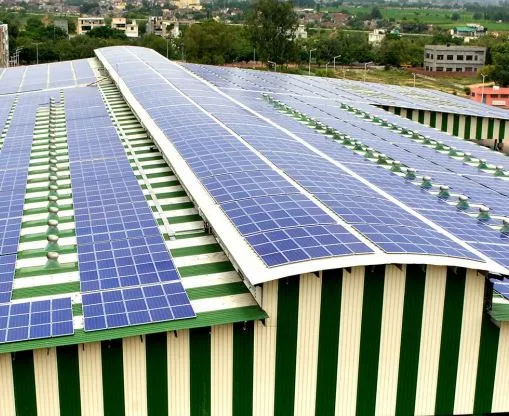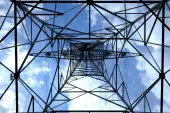
India unveils $1.7b subsidy proposal for local solar industry manufacturers
This was in an aggressive bid to slash its dependence on foreign firms.
The Ministry of New and Renewable Energy (MNRE) has released a concept note of a proposal to build out India’s manufacturing supply chain, including polysilicon, wafers/ingots, cells and modules, according to Mercom India.
MNRE is proposing a slew of subsidies and incentives including direct financial support of more than ₹110 billion ($1.7billion) for manufacturers to expand and upgrade, a 12 GW Central Public Sector Undertaking (CPSU) domestic content requirement (DCR) program to create robust domestic demand, an increasing DCR requirement from modules to polysilicon by year, 30 percent central financial assistance, cheaper loans, a custom duty exemption, and cheaper power.
The concept note is open to comments and suggestions until December 31, 2017. The program aims to strengthen the Make in India campaign, reduce the country’s dependence on foreign manufacturers, and make domestic manufacturers competitive with their international counterparts.
Here's more from Mercom India:
The proposal borrows heavily from subsidy programs for solar manufacturers in China that helped the country become the largest solar component manufacturer in the world. However, the scale of India’s proposed subsidies is much smaller than what the Chinese government has used in the past.
Indian solar installations have risen from just 6 MW in 2009 to a cumulative total of approximately 20 GW to date, with another 9.5 -10 GW of installations expected this year alone according to the Mercom India Q3 Market Update. But domestic solar manufacturers have not been able to capitalize on this robust growth as they have not been able to compete on scale or cost with their Chinese counterparts who are supported heavily by the government.
Since the National Solar Mission was implemented in 2009, two anti-dumping cases have been filed by Indian manufacturers against exports from China and other countries. The first case was dismissed in 2014 without the imposition of any protectionist duties. The second case is ongoing and the industry widely expects a duty to be imposed this time around as the government is now on board with plans to help local manufacturers snag a larger piece of the domestic solar market.
The government is planning a three-pronged approach to support local manufacturers that includes: leveling the playing field with the imposition of anti-dumping duty on cells and modules, creating demand through a DCR program, and supporting manufacturers financially by providing multiple subsidies outlined in this policy proposal.
At the moment, the only available incentive is limited to PV manufacturers under the Modified Special Incentive Package Program (M-SIPS). The program provides a 20-25 percent capital subsidy and other tax incentives for companies that manufacture electronic goods, which PV falls under. However, no solar PV applicants seem to have been approved under this program so far.
It is difficult to ascertain the actual solar cell and module manufacturing capacity that currently exists in India.
In the concept note, MNRE pegs current solar cell manufacturing capacity at 3.1 GW per year and module manufacturing capacity at 8.8 GW/year. However, a survey of manufacturers conducted by Mercom for its Mercom Q3 Solar Market Update uncovered a slightly higher self-reported domestic module manufacturing capacity of 9.4 GW/year, and lower solar cell manufacturing capacity of 2.9 GW/year.
But, many manufacturers in our survey actually believe the real capacity is must lower, at around 4 GW/year for modules and approximately 1.5 GW/year for cells. These lower numbers are attributed to obsolete, outdated manufacturing lines that cannot produce quality products at competitive prices.
It is important for the government to understand exactly what India’s true module manufacturing capacity is before setting goals and structuring a subsidy package.
With this proposal, India’s solar sector appears to be on its way to becoming a government-run program complete with central planning - much like the Chinese - and could take away some of the entrepreneurial dynamism from the market.



















 Advertise
Advertise







